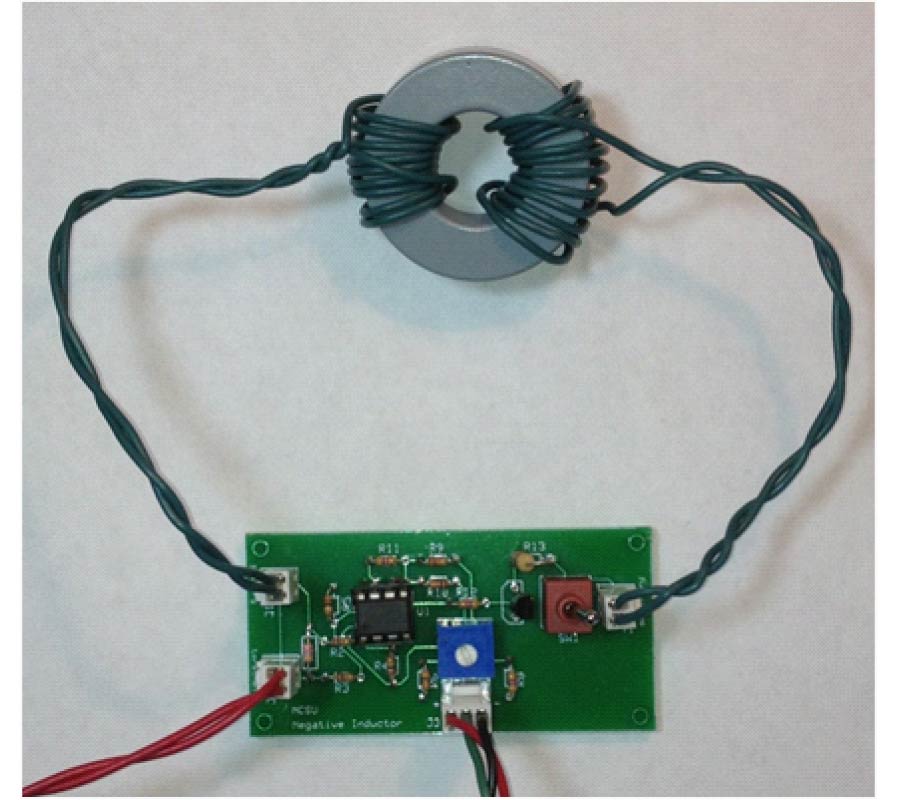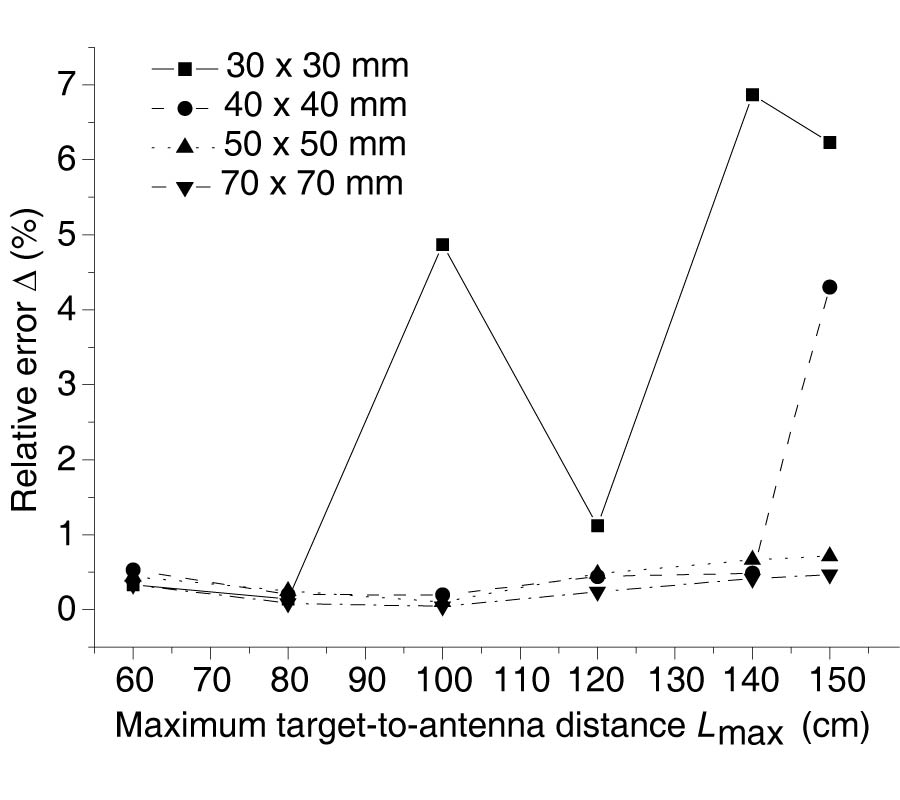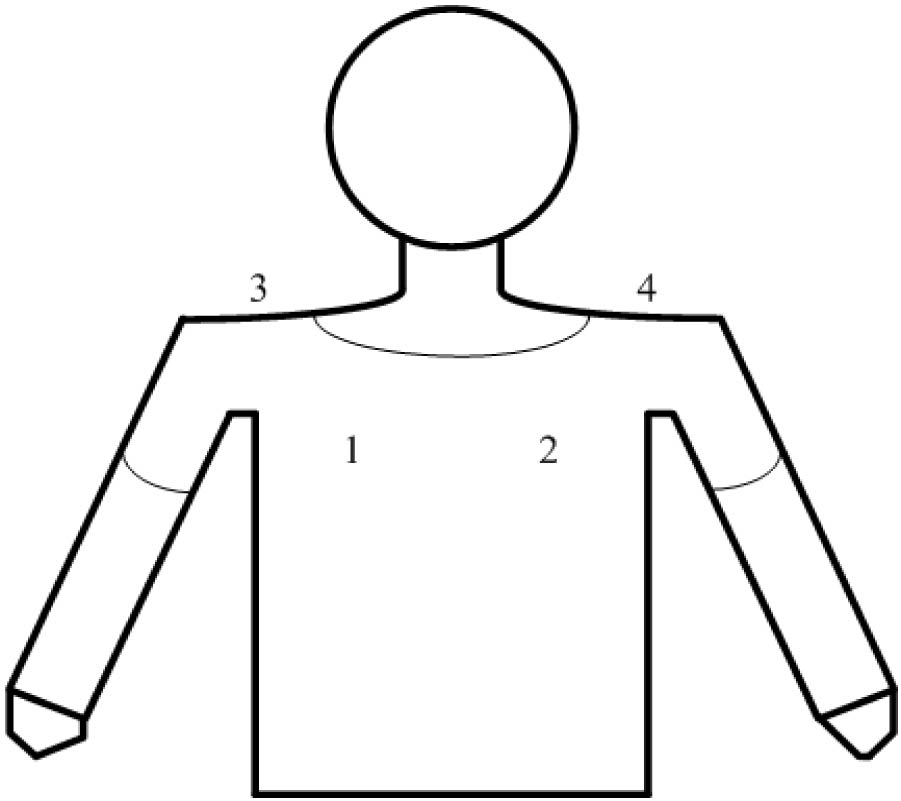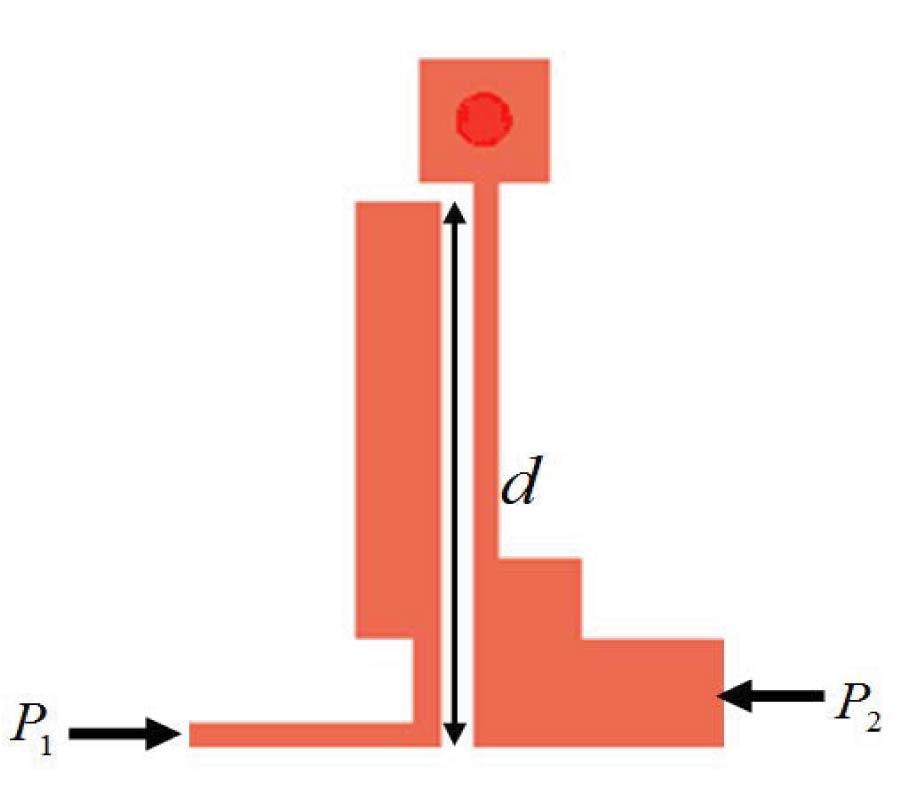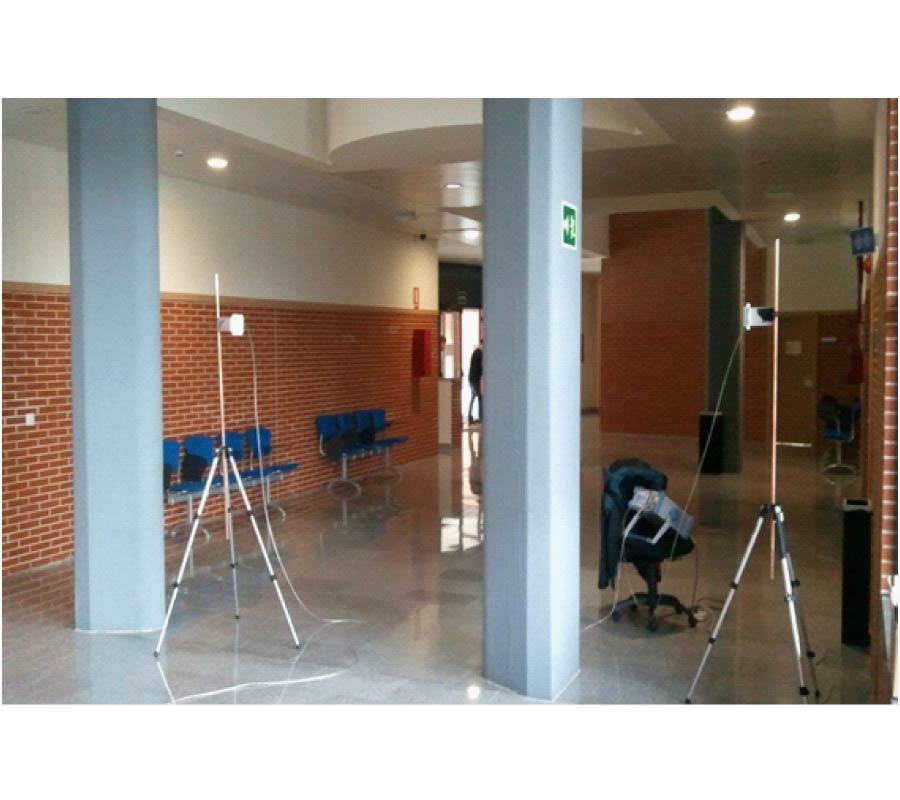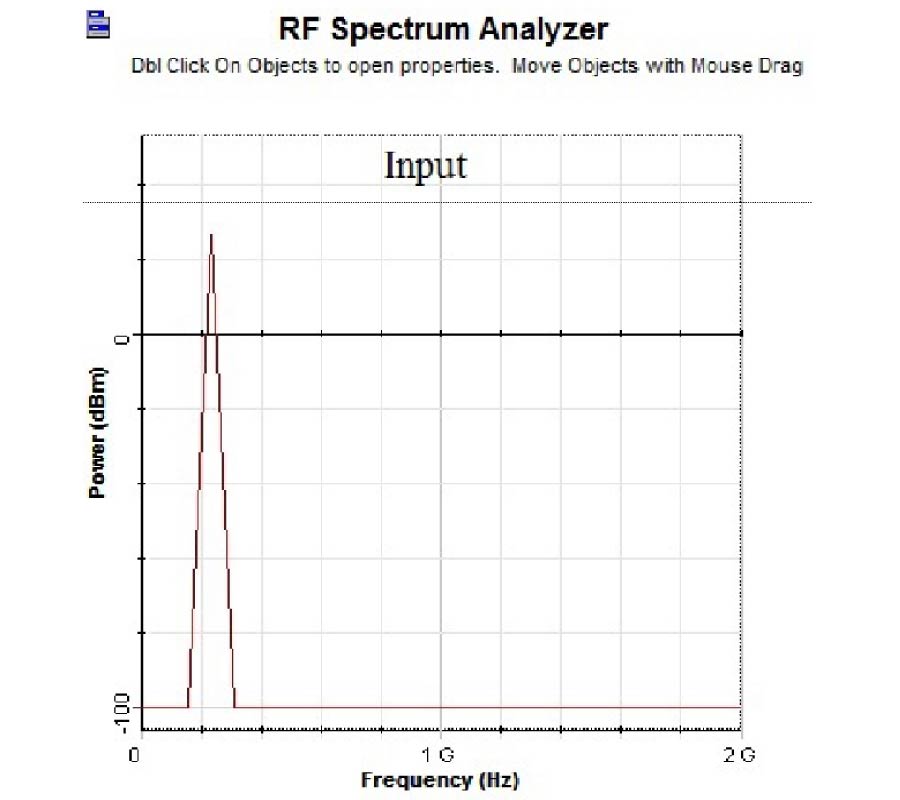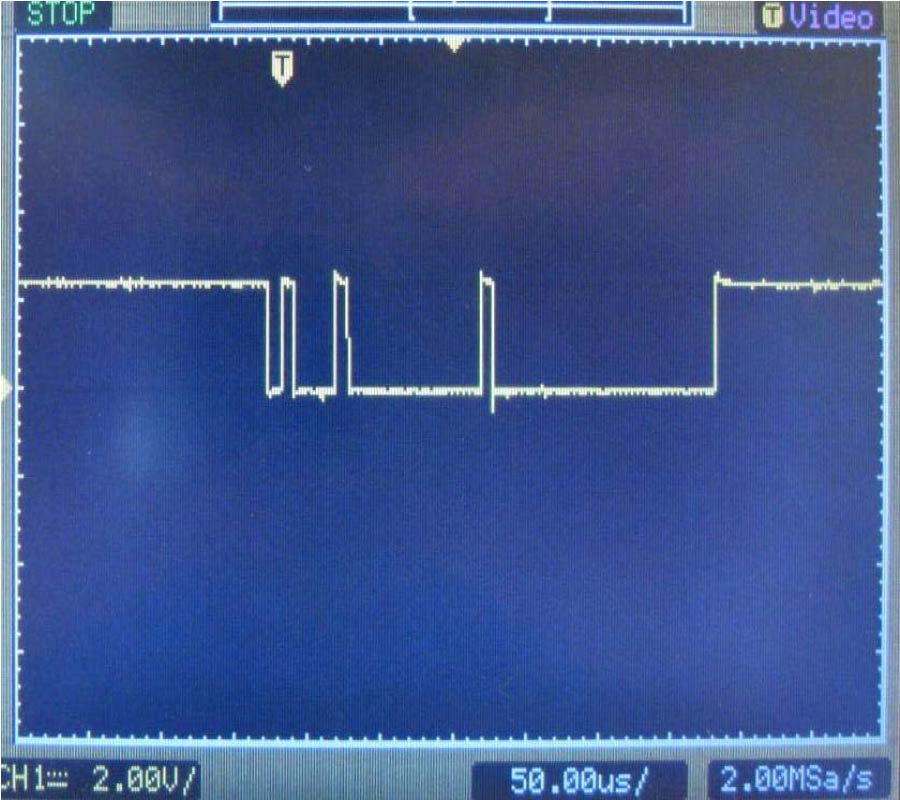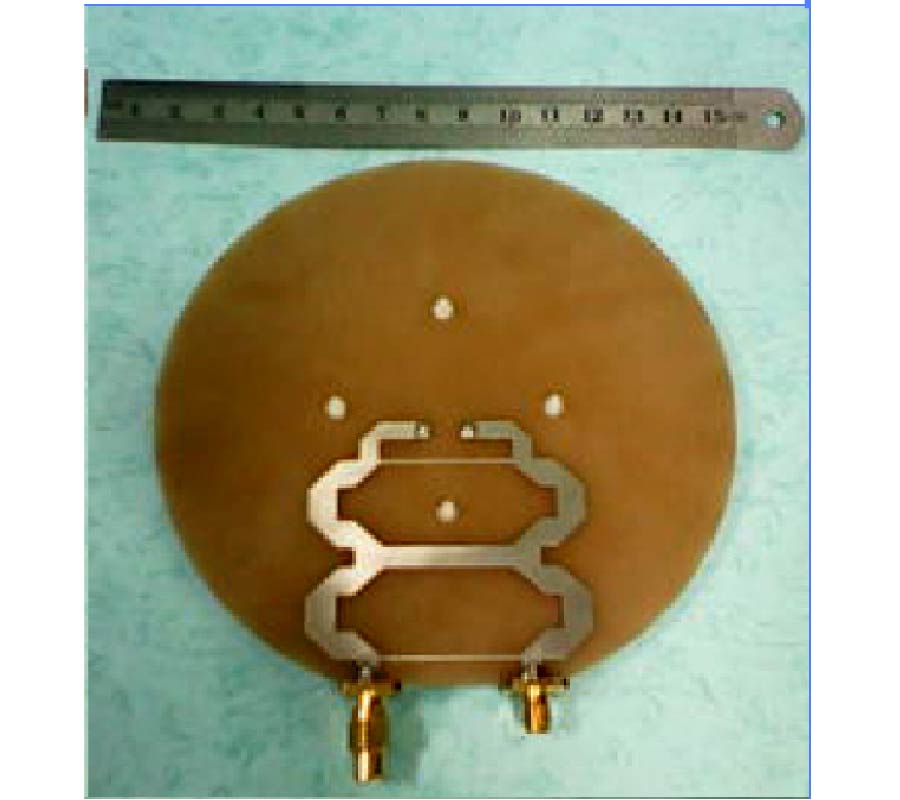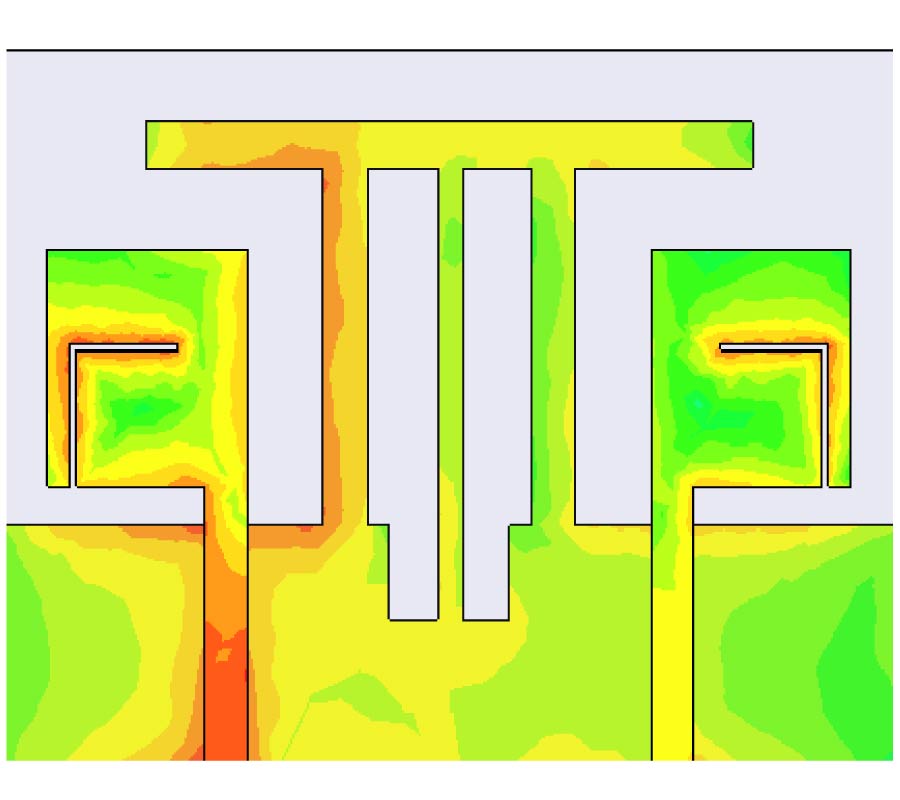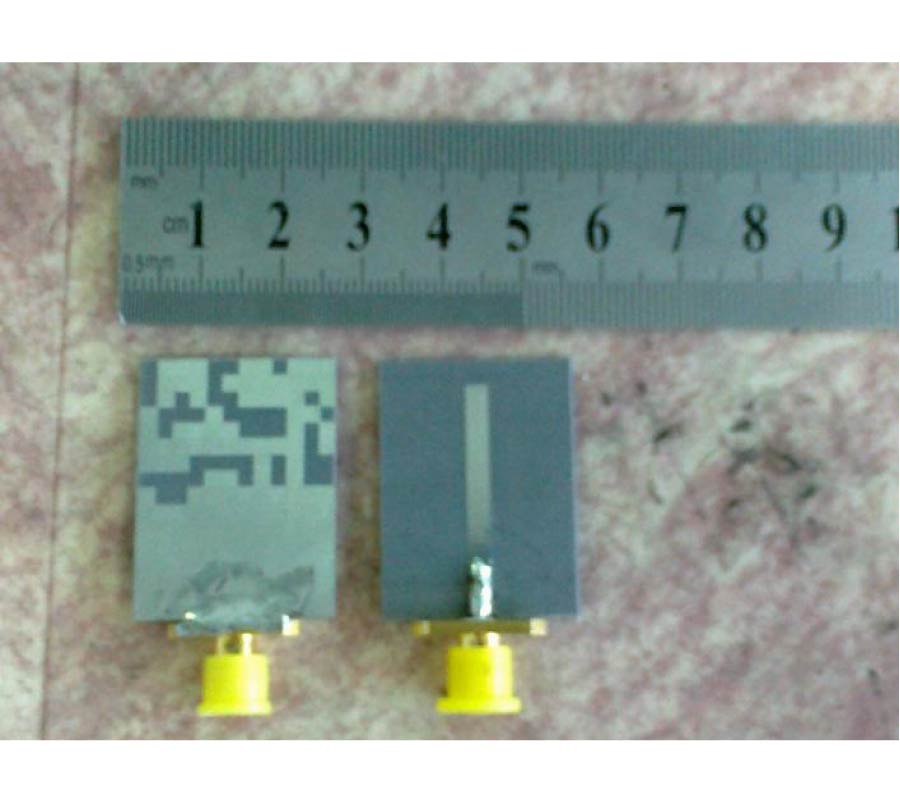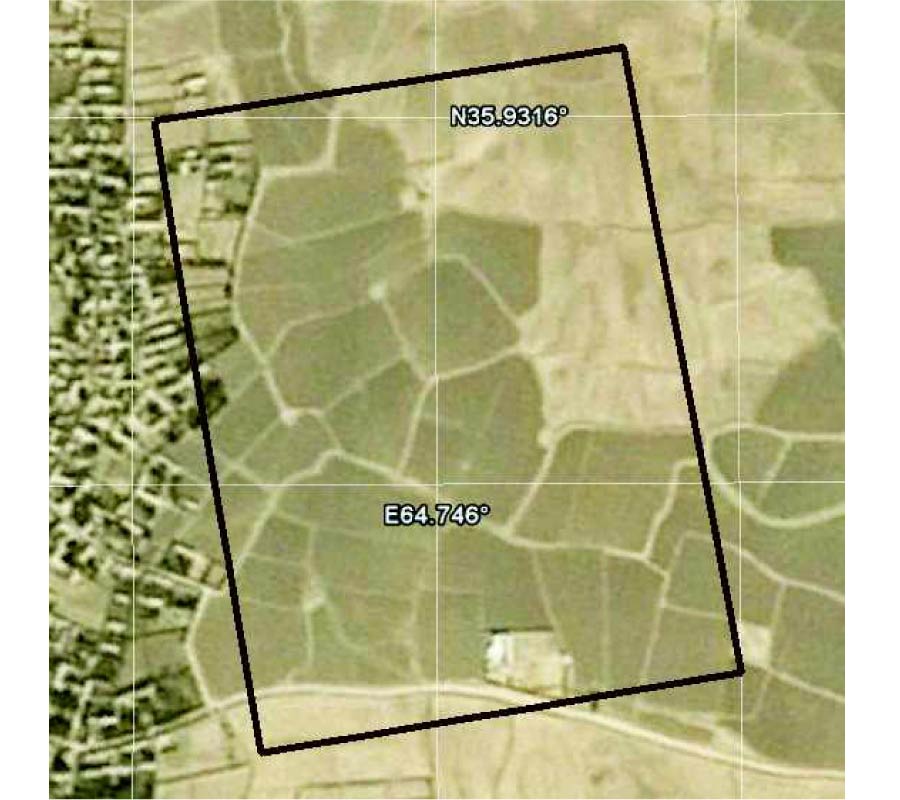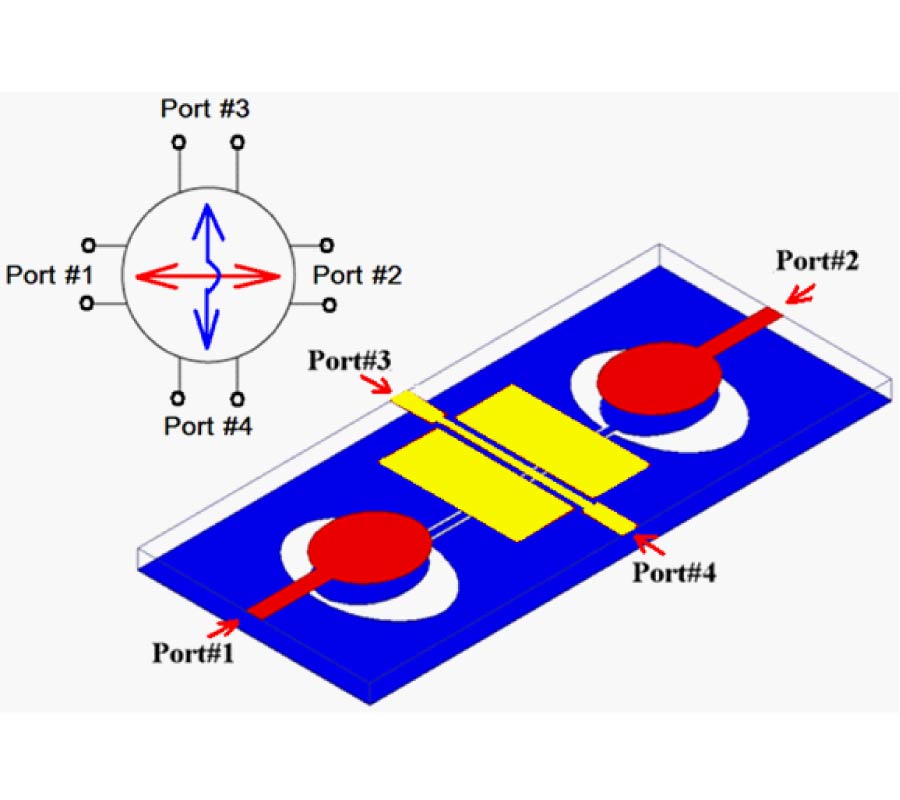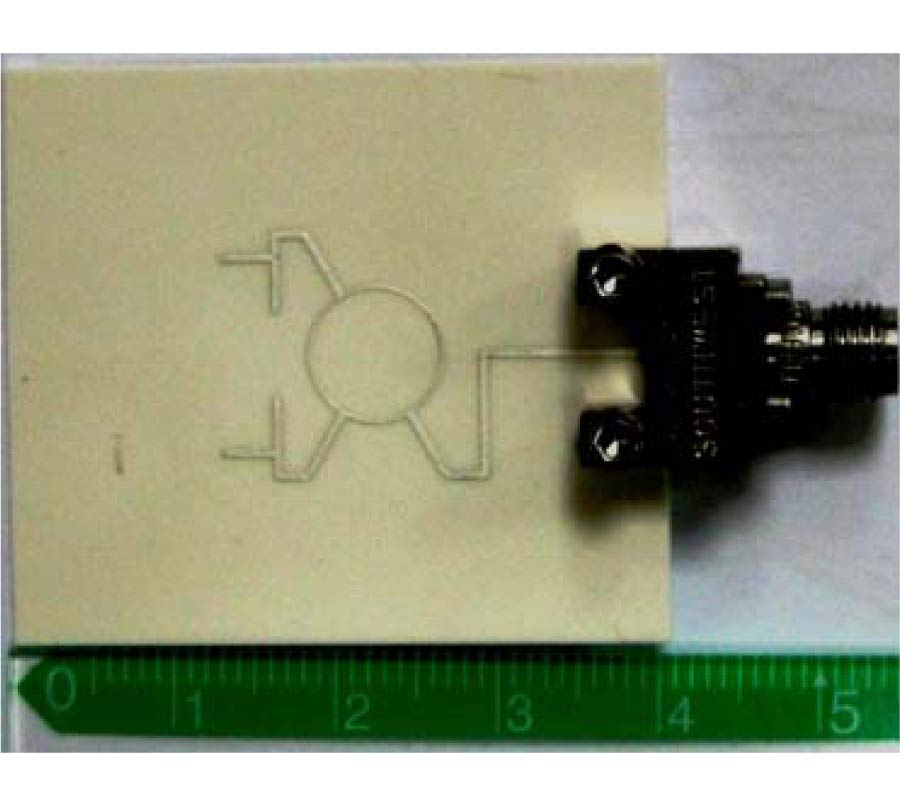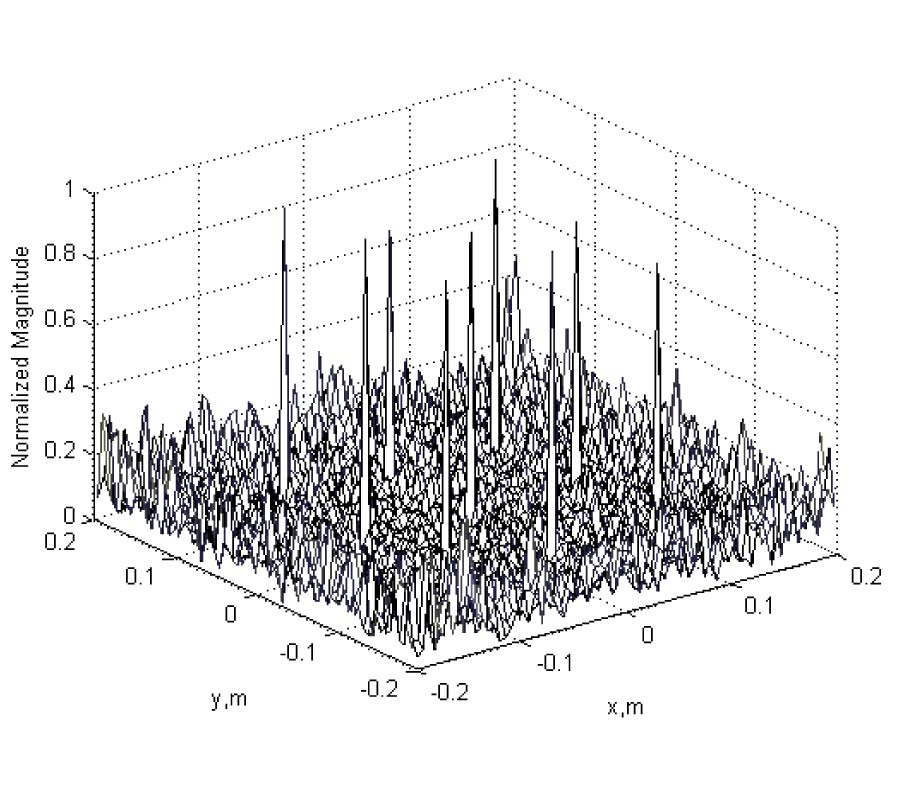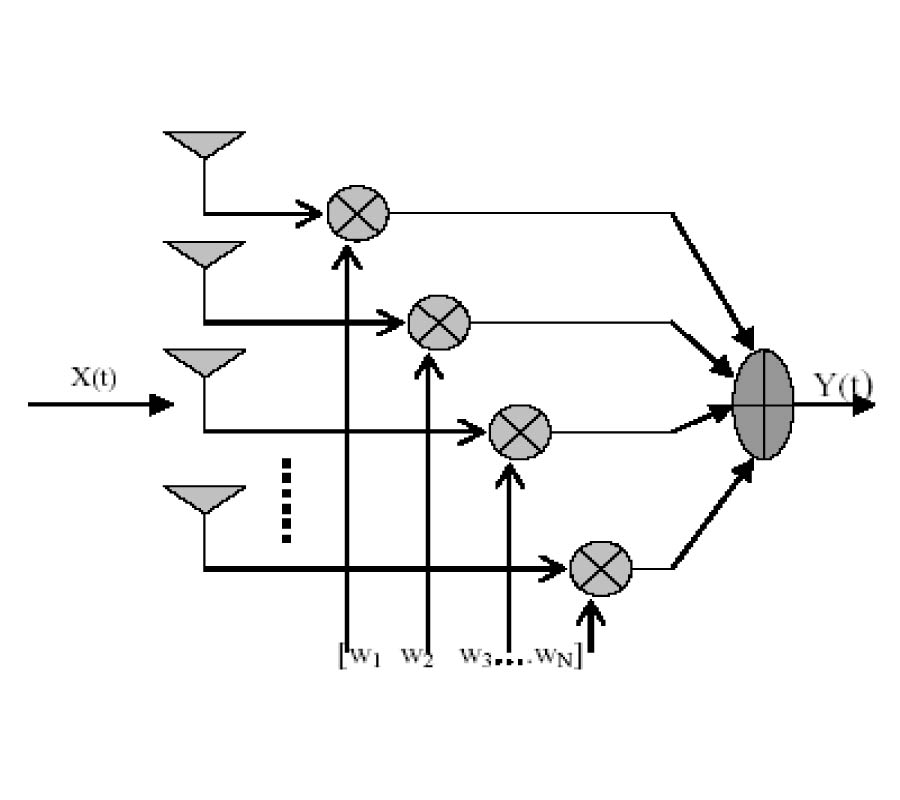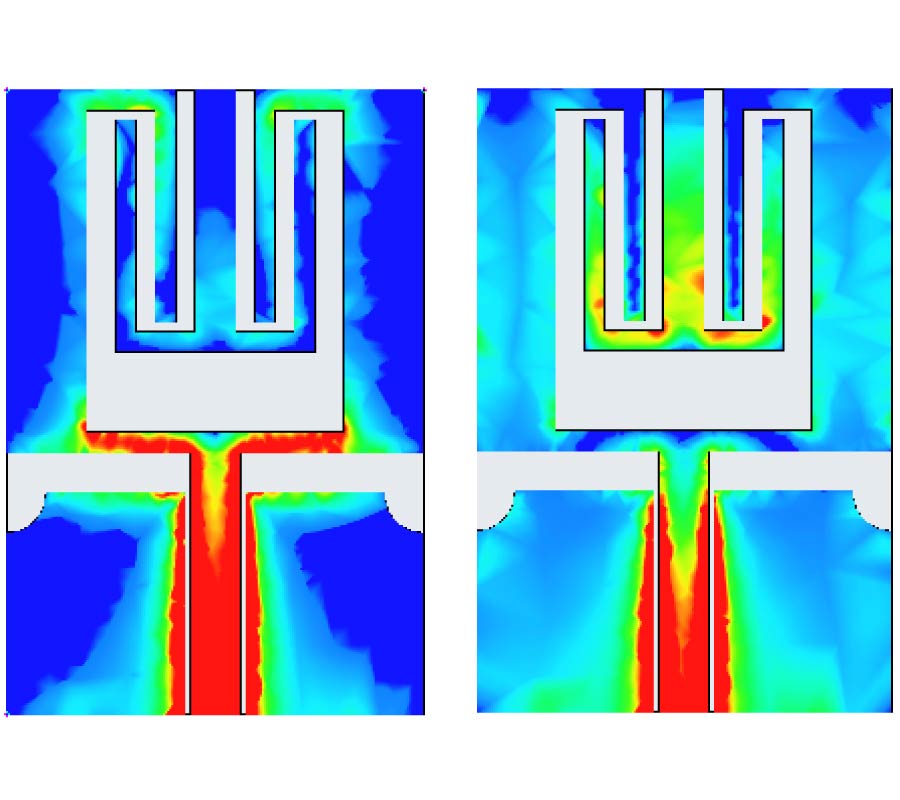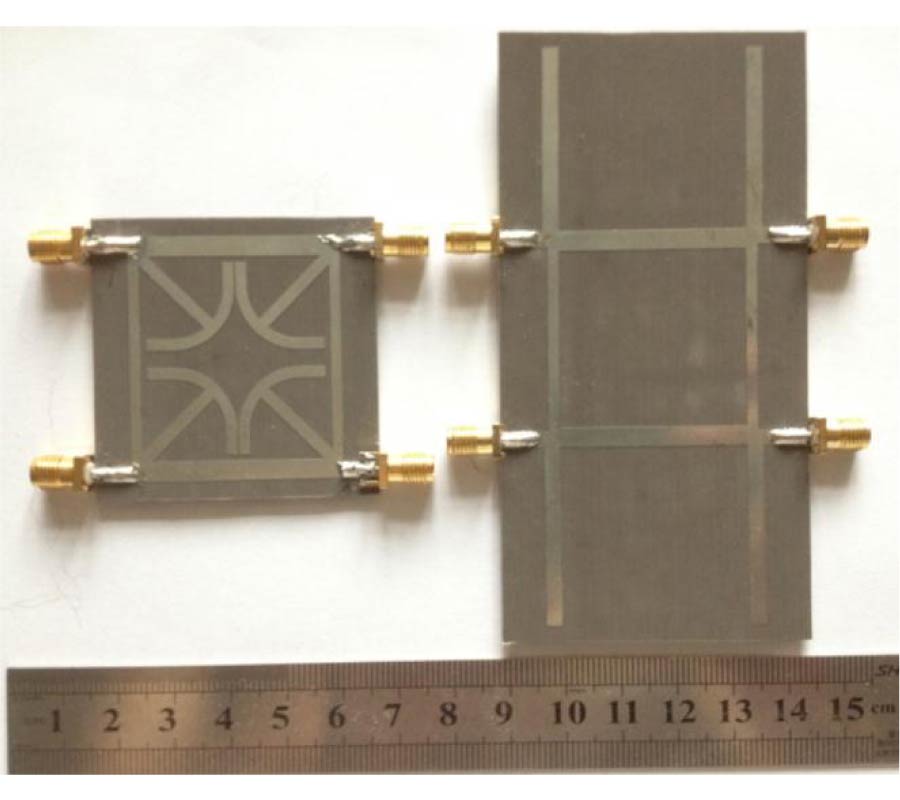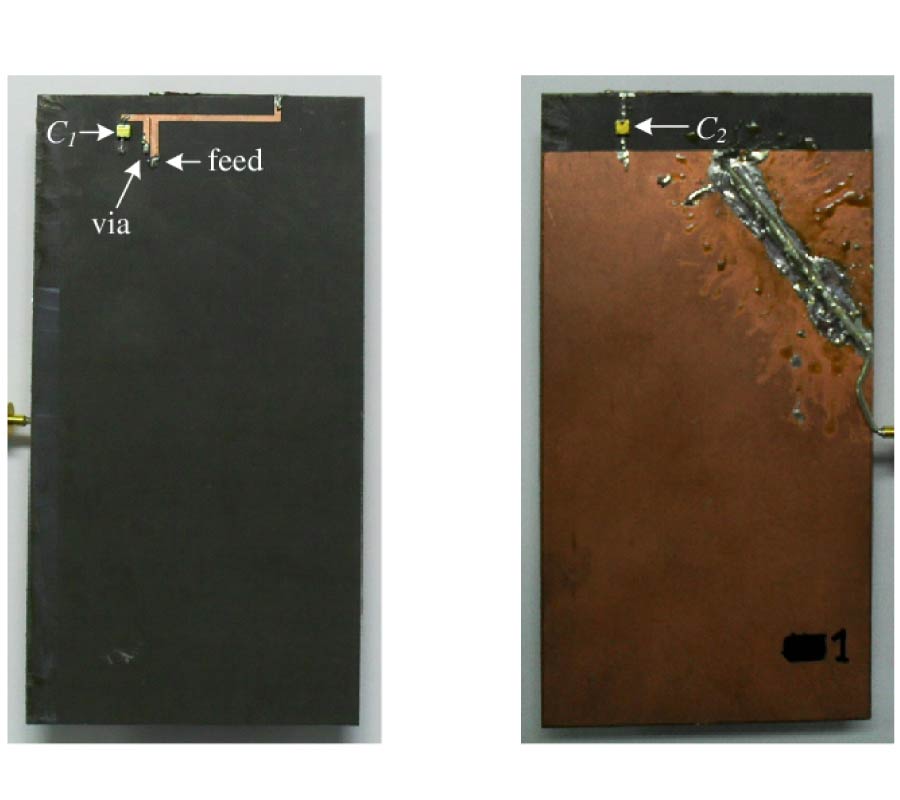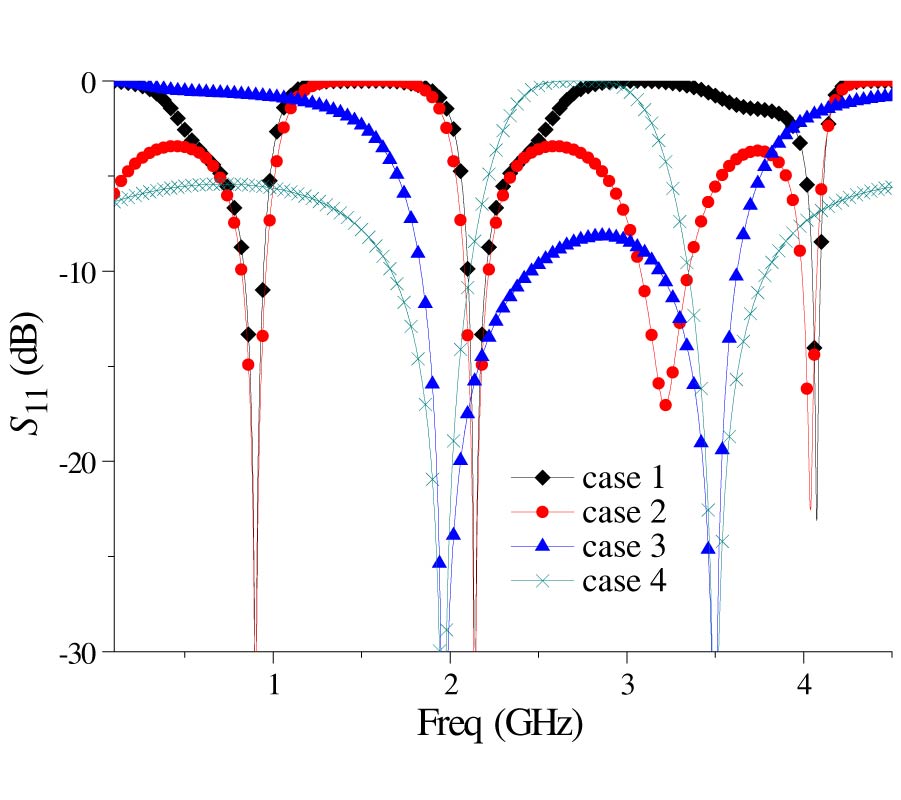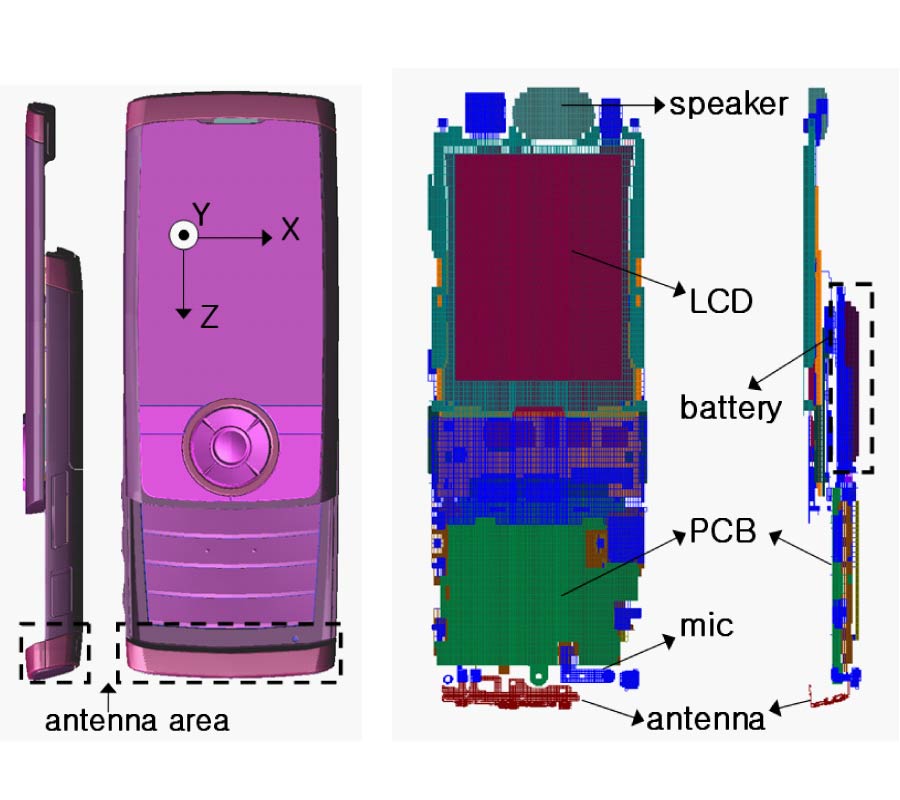Frequency Reconfigurable Planar Inverted-F Antenna (PIFA) for Cell-Phone Applications
Min-Jae Lee,
Young-Sik Kim and
Yungje Sung
In this paper, a frequency reconfigurable antenna for cell-phone applications is presented. The proposed structure is based on a conventional PIFA. In addition, two stubs, each with a varactor diode, are incorporated. In order to to achieve wideband characteristics, the first two resonant frequencies (f1 and f2) of the proposed antenna are controlled independently by the supplied voltages with variation of the capacitances. The equivalent circuit of the varactor diode has been extracted in order to accurately predict the performance of the proposed antenna. In addition, parametric studies regarding the capacitance and antenna length have been conducted. The measurement results show that the proposed antenna has a tunable bandwidth defined by a VSWR < 2.5 of 45.7% (606 MHz ~ 965 MHz) and 47.5% (1343 MHz ~ 2181 MHz) at f1 and f2, respectively. Therefore, f1covers the LTE (698 MHz ~ 798 MHz), CDMA (824 MHz ~ 894 MHz), GSM (880 MHz ~ 960 MHz) bands, and f2 covers the DCS (1710 MHz ~ 1880 MHz), PCS (1850 MHz ~ 1990 MHz), WCDMA (1920 MHZ ~ 2170 MHz) bands. The measured average gains varied from -4.3 dBi to -1.5 dBi at f1 and -6.4 dBi to -2.7 dBi at f2.
